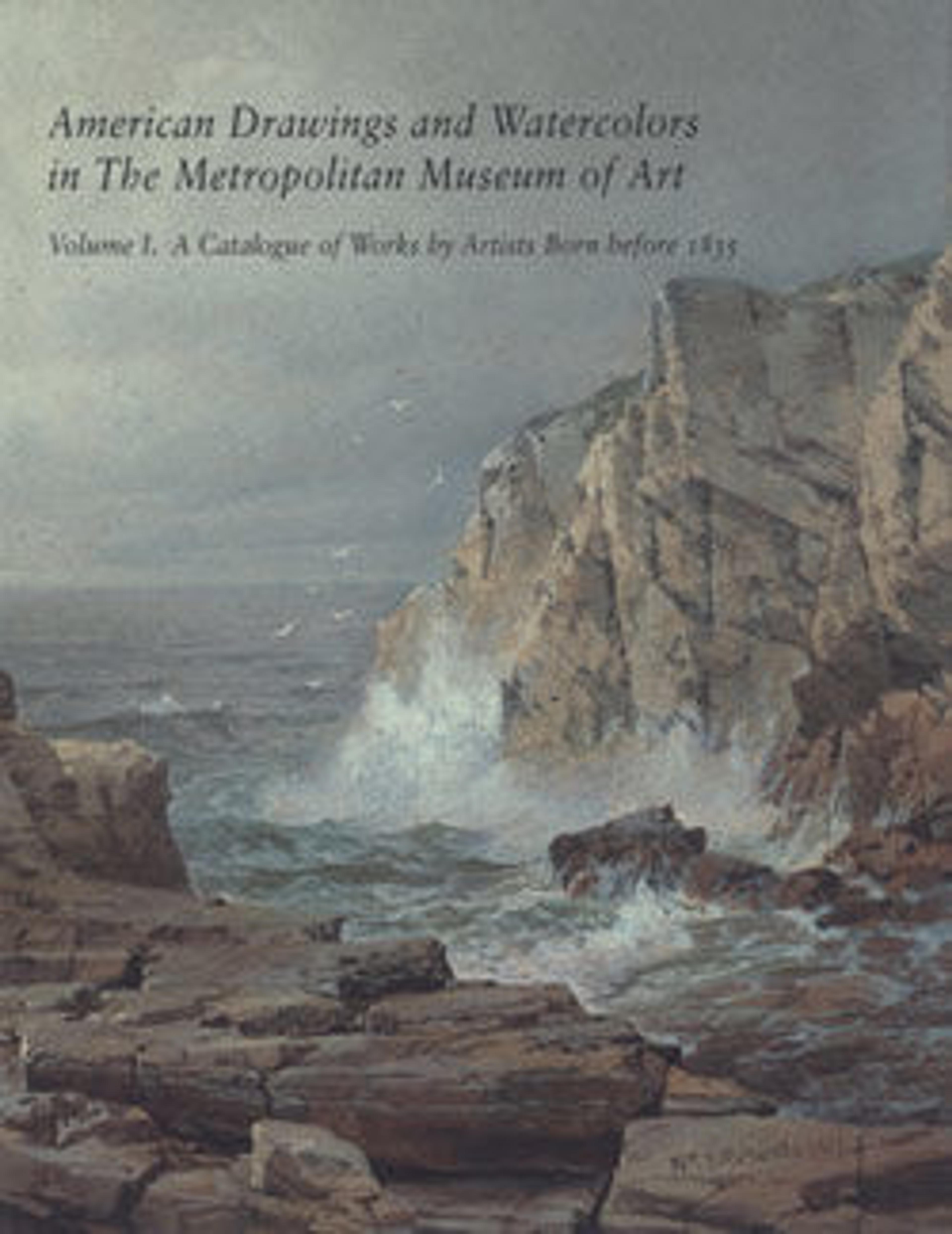The Fountain, No. 1: The Wounded Indian Slaking His Death Thirst
Cole, the founder of the Hudson River School of landscape painting, drew this study for a series (never realized) of paintings based on William Cullen Bryant’s poem “The Fountain” (1839). The poem evokes several eras of American civilization through incidents that occur at a forest stream. In this scene, a wounded brave (modeled after the Hellenistic sculpture known as the "Dying Gaul," which Cole had seen in Rome) symbolizes the plight of many American Indians in an era of forced relocation.
Bryant’s verse reads in part: "I behold/The Indian warrior, whom a hand unseen/Has smitten with his death-wound in the woods,
/Creep slowly to thy well-known rivulet,/And slake his death-thirst."
Bryant’s verse reads in part: "I behold/The Indian warrior, whom a hand unseen/Has smitten with his death-wound in the woods,
/Creep slowly to thy well-known rivulet,/And slake his death-thirst."
Artwork Details
- Title:The Fountain, No. 1: The Wounded Indian Slaking His Death Thirst
- Artist:Thomas Cole (American, Lancashire 1801–1848 Catskill, New York)
- Date:1843
- Culture:American
- Medium:Graphite and white gouache on green wove paper
- Dimensions:7 x 9 3/4 in. (17.8 x 24.8 cm)
- Credit Line:Gift of Erving Wolf Foundation, in memory of Diane R. Wolf, 1977
- Object Number:1977.182.7
- Curatorial Department: The American Wing
More Artwork
Research Resources
The Met provides unparalleled resources for research and welcomes an international community of students and scholars. The Met's Open Access API is where creators and researchers can connect to the The Met collection. Open Access data and public domain images are available for unrestricted commercial and noncommercial use without permission or fee.
To request images under copyright and other restrictions, please use this Image Request form.
Feedback
We continue to research and examine historical and cultural context for objects in The Met collection. If you have comments or questions about this object record, please contact us using the form below. The Museum looks forward to receiving your comments.
